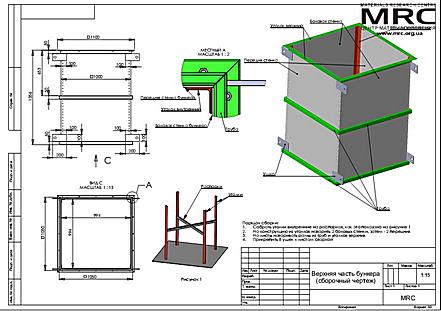
Contents • • • • • • • • • • Background [ ] From the of to his death in April 1985, Enver Hoxha pursued a informed by hardline as well as elements of. He with the after embarked on his reformist, withdrew Albania from the in 1968 in protest of the, and with after U.S. His regime was also hostile towards the country's immediate neighbours.
Albania did not end its state of war with, left over from the Second World War, until as late as 1987 – two years after Hoxha's death – due to suspicions about Greek territorial ambitions in southern Albania (known to Greeks as ) as well as Greece's status as a member state. Hoxha was virulently hostile towards the more moderate communist government of in, accusing Tito's government of maintaining 'an anti-Marxist and chauvinistic attitude towards our Party, our State, and our people'. He asserted that Tito intended to take over Albania and make it into the seventh republic of Yugoslavia, and castigated the Yugoslav government's treatment of ethnic, claiming that 'Yugoslav leaders are pursuing a policy of extermination there.' Albania still maintained some links with the outside world at this time, trading with such as and, and establishing links across the with its former invader. However, a modest relaxation of domestic controls was curtailed by Hoxha in 1973 with a renewed wave of repression and purges directed against individuals, the young and the, whom he feared might threaten his hold on the country. Race 1 wave 85 font.
Chertezh verkhnego etazha dvortsa. Building Plans Kremlin Palace Floor Plans House Plans Castles Maps Buildings Southern Palaces. Victorian House. The secret is out! The declassified Bunker at The Greenbrier is a must-see experience that takes you behind the scenes and walks you through a fascinating period in the resort's history. Carved deep into the mountainside beneath our West Virginia Wing is an emergency Cold War fallout shelter.
A new constitution was introduced in 1976 that increased the 's control of the country, limited private property, and forbade foreign loans. The country sank into a decade of paranoid isolation and economic stagnation, virtually cut off from the outside world.
Military doctrine [ ]. Bunkers were built in almost any place that could be defended—even in graveyards Starting in 1967 and continuing until 1986, the Albanian government carried out a policy of 'bunkerization' that saw the construction of hundreds of thousands of bunkers across the country. They were built in every possible location, ranging from 'beaches and mountains, in vineyards and pastures, in villages and towns, even on the manicured lawns of Albania's best hotel'. Hoxha envisaged Albania fighting a two-front war against an attack mounted by Yugoslavia, NATO or the Warsaw Pact involving a simultaneous incursion by up to eleven enemy airborne divisions.
As he put it, 'If we slackened our vigilance even for a moment or toned down our struggle against our enemies in the least, they would strike immediately like the snake that bites you and injects its poison before you are aware of it.' Albania's military doctrine was based on a concept of ' drawing on the experience of the, which Hoxha had led. It was the only European country to have managed to liberate itself without the intervention of foreign troops (though the benefited from great quantities of supplies and weapons provided by the ). The Partisans' victory was mythologized on a massive scale by the Hoxha regime, which used its wartime successes to legitimise its rule. The were based on the Partisan model and built around infantry units; 75 percent of the regular forces and 97 percent of reservists were employed in infantry roles.

The Partisans' strategy was based around mountain-based, in which they took refuge in the mountains and launched raids into the less defensible lowlands. By contrast, Hoxha aimed to defend Albania's national integrity and sovereignty 'at all costs', which necessitated defending the lowlands as well. The bunkers were therefore intended to establish defensive positions across the entirety of the country. Smaller ones were laid out in lines radiating out within sight of a large command bunker, which was permanently manned.
The commanders of the large bunkers would communicate with their superiors by radio and with the occupants of the smaller bunkers by making visual signals that could be seen through slits. The regime also sought intensively to militarize civilians. 800,000 people out of a population of about three million served in defence in some way, ranging from the regular armed forces and reserves to civil defence and student armed youth units.